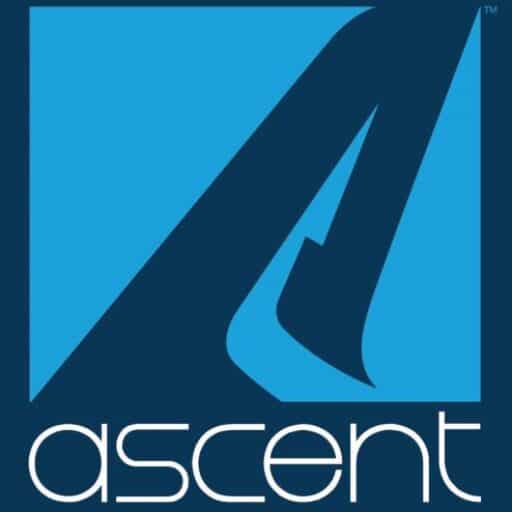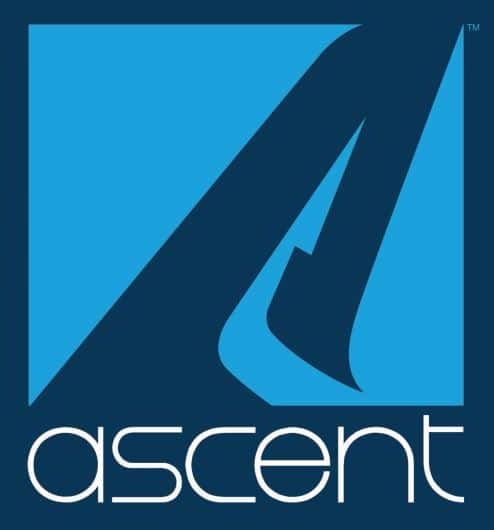Source: this article first appeared in Men’s Journal here.
Cheat Death with Science
In the Men’s Journal feature, Building a New Super Athlete, contributor Joseph Hooper outlined how medical technology is reengineering the human body for optimal performance. Below are three experimental techniques that showed not only promise for athletes, but for those of us looking to push well past 100 — at least with the help of some cutting-edge science.
98. Extend Your Telomeres
In 2002, Manhattan entrepreneur and anti-aging gadfly Noel Patton purchased the rights to a biological compound some longevity scientists believe is our best shot at extending the span of human life. In 2007, Patton signed up about 100 affluent human guinea pigs who were willing to pay $25,000 for the privilege of taking his untested supplement, TA-65, for a year while having their health closely monitored.
The molecule at the heart of the supplement, isolated and intensively refined from the traditional Chinese herb astragalus, was the only substance that had ever been discovered to enhance, albeit modestly, the body’s ability to produce the enzyme telomerase. Telomerase’s job is to replenish the tips of our chromosomes, the telomeres, which allow our cells to keep on dividing, which they need to do for the body to keep growing and repairing itself. “Telomerase is what keeps stem cells happy,” says Dr. Joseph Raffaele, a prominent Manhattan anti-aging doc. “It allows them to keep dividing and replacing damaged cells in the body.”
The paying volunteers weren’t sure whether they might live forever (shortening telomeres is one of the drivers of aging and bodily decline), get cancer (telomerase fuels runaway cell growth in cancer), or derive results somewhere in between. In between won out. The scientific consultants to Patton’s TA Sciences company, Raffaele and Calvin Harley, one of the world’s leading telomere biologists, published a paper that showed a modest improvement in the immune systems of some of the subjects. They are set to publish another one this fall that details some cardiovascular and insulin-system upgrade as well. But many of the subjects reported big lifts – cognitive, sexual, all-around vitality.
To date, some 20,000 people have spent upward of $8,000 for a year’s supply, purchased through the TA Science’s network of health-care providers. (Much of the product is sold online.) High-visibility clients (who don’t go on record) include Hollywood producers and one A-list actor esteemed for his ripped physique. And yet, still the best scientific evidence we have about the effects of taking TA-65 comes from mice. A study from a top telomere biologist showed that the supplemented mice better resist the depredations of aging – they process glucose better; their skin and bones are healthier.
What TA-65 might be doing for the Bill Andrewses of the world is open to conjecture. One plausible theory: By goosing the body’s ability to generate new immune-system cells, the supplement enhances athletic recovery. Endurance athletes subject themselves to huge amounts of systemic inflammation, and the immune-system reinforcements may allow athletes to resist exhaustion at the cellular level, to continue to perform at a high intensity. It could be driving cell growth in the muscle or the lung tissues. People who exercise tend to have longer telomeres, so maybe taking TA-65 and, it is hoped, slowing down the normal rate of telomere decline, is like getting exercise in a bottle. At this point, nobody knows.
99. Hop in a CVAC Pod
Heather Hiniker owns and runs what could be considered a gym of the future in Newport Beach, California. The machine does all the work. At her Ascent facility, the training consists of showing up and settling into one of her three stationary CVAC pods for a 20-minute session. The air pressure inside will yo-yo between sea level and about 22,500 feet, with 200–400 pressure changes in between. When you hit maximum altitude (or rather the air-pressure equivalent), you take a rapid nosedive back to Earth, akin to racing up to the top of Aconcagua and jumping off.
Dr. Karen Herbst, an endocrinologist at the University of California San Diego, sees the pod as a means to “replicate exercise” in a machine. “I don’t see it as an altitude chamber anymore,” she says. The standard high-altitude tents that some athletes sleep in as a training aid simulate only one aspect of living at higher altitude: the reduced amount of oxygen the body absorbs. The CVAC, on the other hand, subjects the body to actual air-pressure changes, rhythmically squeezing and relaxing the whole human package – blood, organs, the works — the way an empty plastic water bottle with its cap screwed on collapses in on itself when the simulated altitude goes up and the pressure drops, and plumps back out on the descent when the pressure rises back to normal.
The effect, Herbst believes, is a stimulation of the lymphatic system, which then drains metabolic waste more vigorously, thereby reducing inflammation. This is how she explains the positive results she got in a 2010 pilot study, in which the CVAC reduced pain in subjects who suffered from a genetic pain disorder.
A Stanford pilot study found that CVAC modestly improved glucose metabolism in subjects who were Type-2 diabetic, and in those at risk for the disease. Its author is intrigued by the technology’s potential to boost athletic performance. “I had two Masters cyclists using the CVAC informally but consistently,” says Anne Friedlander, a human-biology professor. “They swore by it and said they could ‘push more watts’ the next day.”
100. Cryotherapy
The ice bath has been a fixture in team training rooms for years, but by taking cold to extremes, whole-body cryotherapy, advocates say, tamps down inflammation in a frozen flash, reducing soreness and recharging the entire system to handle intense, muscle-quivering workouts. “The extreme temperatures stimulate the skin and the subcutaneous flesh into releasing anti-inflammatory chemicals, cytokines like interleukin 10,” explains Dr. Jonas Kuehne, an L.A. physician whose Cryohealthcare practice is heavy on celebrities and athletes, including Allen.
Long a staple of European spas and sports teams, cryo use has risen in the U.S. in the past few years, propelled by celebrity success narratives. Kobe Bryant described his cryo experience in Germany as “an unbelievably intense feeling.” Jason Kidd said it was a secret weapon the Dallas Mavericks used (they later bought a unit) en route to their 2011 NBA championship.


Recent Comments